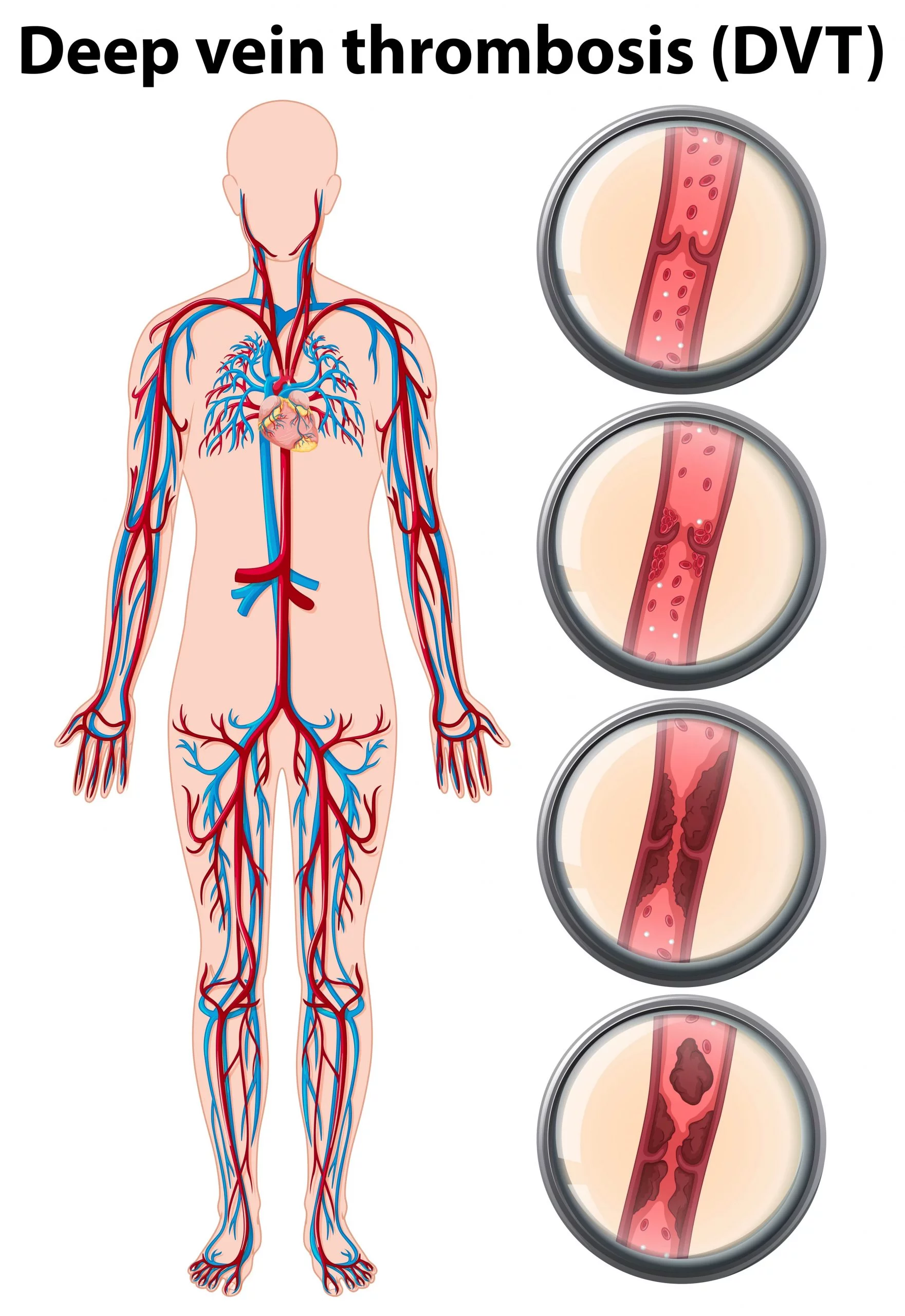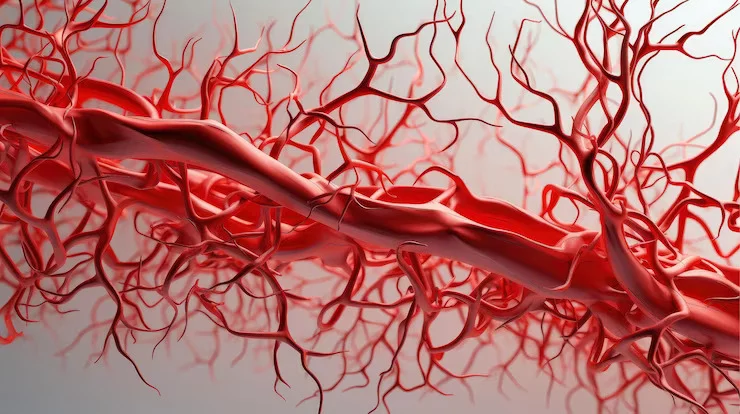In cases of early diagnosis and calf obstruction in drug treatment, lung clots are not an expected situation, so outpatient treatment is preferred in this case. Inpatient treatment for obstructions extending to the groin and abdominal area is generally preferred, considering the risk. In addition, in early diagnosis, the use of blood thinners is preferred in classical treatments. In this process, regular control is very important in determining the dosage use. Early diagnosis and early treatment are of great importance in DVT, as in every disease.
In addition to drug treatment, healthy nutrition, exercise and inactivity can be shown as the main factors in protecting against this disease and its complications.




